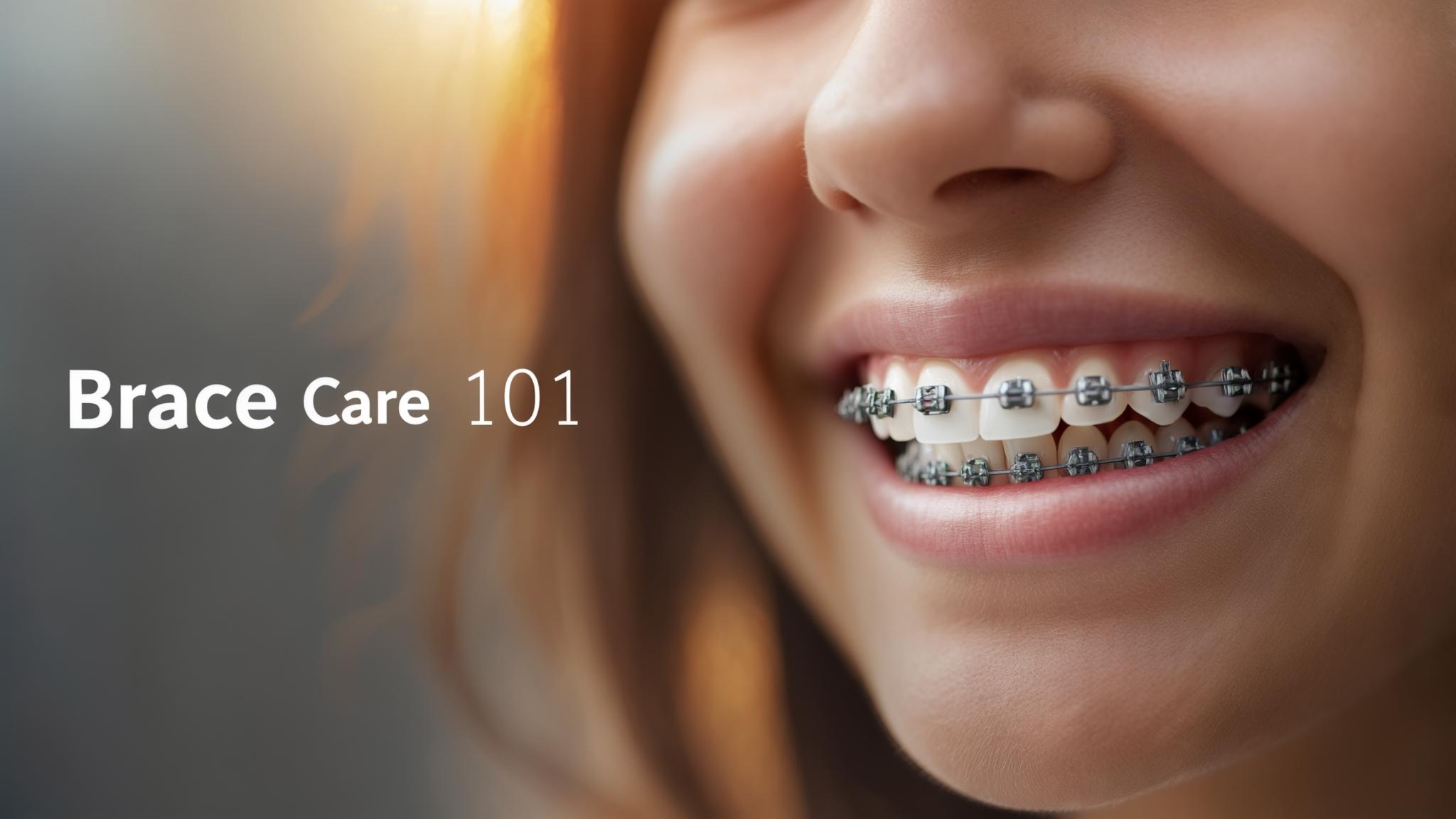Understanding Braces
Braces are a common orthodontic treatment designed to correct dental alignment issues, such as crooked teeth, gaps, and bite problems. They work by gently applying pressure over time to move teeth into their desired positions. Let's explore the different types of braces and their components.
Types of Braces
- Metal Braces: These are the traditional braces made of high-grade stainless steel. They are the most noticeable but also the most affordable and effective for complex cases.
- Ceramic Braces: Similar to metal braces but with tooth-colored or clear brackets, making them less visible.
- Lingual Braces: These are placed behind the teeth, making them invisible from the front. They require more care and are not suitable for all cases.
- Clear Aligners: These are removable trays, such as Invisalign, that are custom-made to fit snugly over your teeth.
Components of Braces
- Brackets: These are small squares bonded directly to the front of each tooth.
- Wires: These connect the brackets and apply pressure to move teeth.
- Bands: These are elastic or metal bands that wrap around each tooth to provide additional pressure.
- Elastics: These are small rubber bands that connect the upper and lower teeth to help align the bite.
Duration of Treatment
The length of time you will need to wear braces varies depending on the complexity of your case. On average, treatment lasts between 18 months to 3 years. Braces play a crucial role in achieving a healthy, confident smile by correcting alignment issues that could lead to further dental problems if left untreated.
Do's for Caring for Your Braces
Do Maintain Proper Oral Hygiene
- Brushing Techniques: Use a soft-bristle toothbrush and fluoride toothpaste. Brush after every meal, angling the brush at 45 degrees to clean around brackets and wires.
- Flossing: Use a floss threader or interdental brushes to clean between teeth and under wires.
Do Follow Dietary Guidelines
- Foods to Eat: Soft foods like yogurt, mashed potatoes, and steamed vegetables are ideal.
- Foods to Avoid: Steer clear of hard, sticky, or sugary foods like nuts, caramel, and gum.
Do Attend Regular Orthodontic Appointments
Regular visits help monitor progress and make necessary adjustments. Expect adjustments to wires and brackets during these visits.
Do Use Orthodontic Wax
Wax can be applied to any part of the braces that irritate the inside of your mouth. Simply pinch off a small piece, roll it into a ball, and press it onto the bracket or wire.
Do Communicate with Your Orthodontist
Always report any discomfort or issues, and don’t hesitate to ask questions about your treatment.
Don’ts for Caring for Your Braces
Don’t Neglect Oral Hygiene
Poor hygiene can lead to cavities and gum disease, compromising your treatment.
Don’t Chew on Hard Objects
Chewing on pens or ice can damage braces, leading to broken brackets or wires.
Don’t Eat Foods That Can Get Stuck
Avoid sticky foods like taffy and gummy bears that can get lodged in your braces.
Don’t Skip Orthodontic Appointments
Missing appointments can delay treatment and prolong the time you need to wear braces.
Don’t Ignore Discomfort
Address any pain or irritation promptly to avoid complications.
Additional Tips for Maintaining Braces
- Use a Mouthguard: Protect your braces during sports by wearing a mouthguard.
- Braces Care Kit: Keep a travel toothbrush, floss, and wax handy for on-the-go care.
- Stay Informed: As your treatment progresses, stay updated on any changes to your care routine.
Conclusion
Caring for your braces is essential in ensuring a successful orthodontic treatment. By following these do's and don'ts, you can maintain your braces effectively and work towards achieving a healthy, beautiful smile. Remember, the journey might be challenging at times, but the results are worth it. Maintain a positive attitude and seek support from your orthodontist whenever needed.
References
- American Association of Orthodontists
- Colgate Oral Care Center
- Contact your local orthodontic practice for personalized advice and support.

